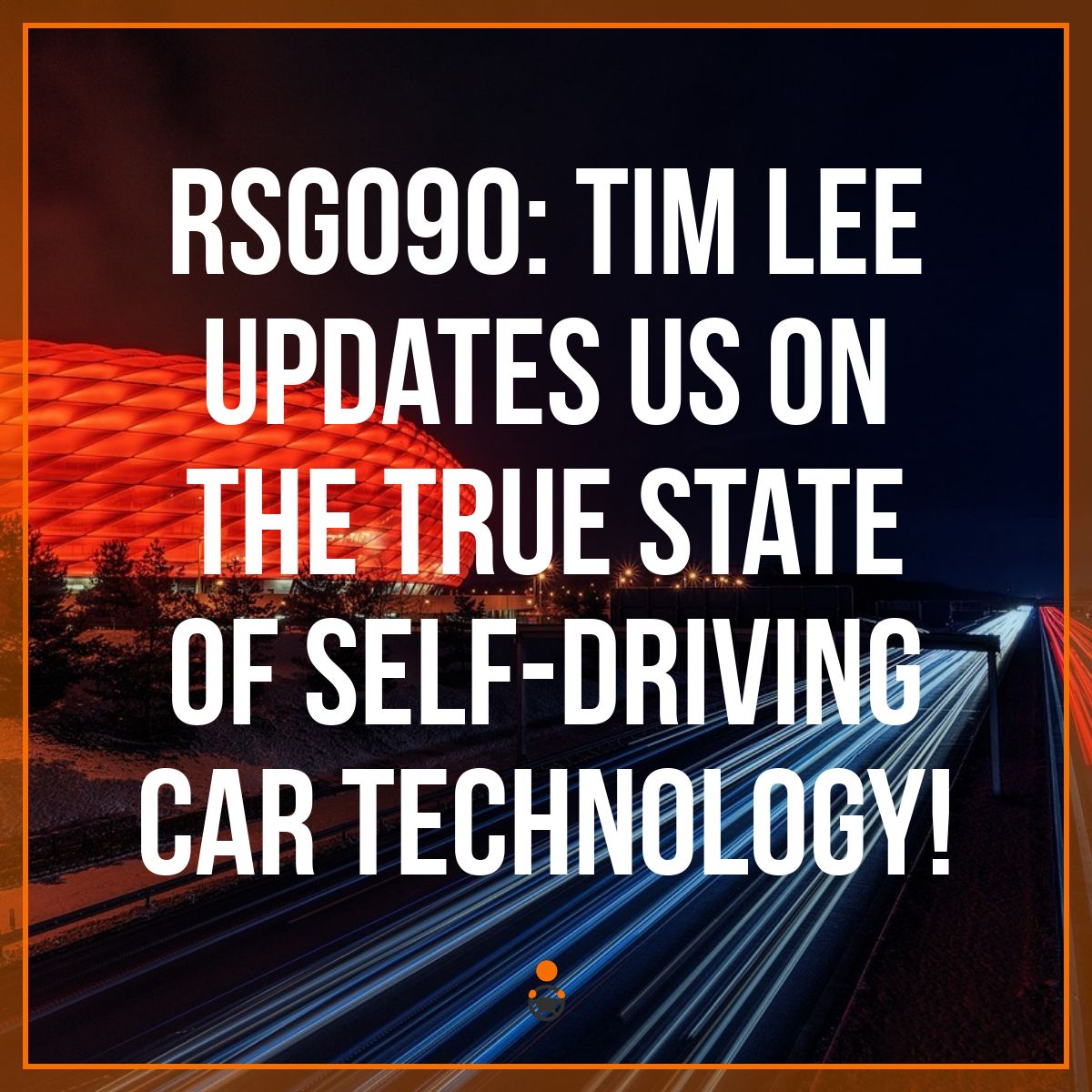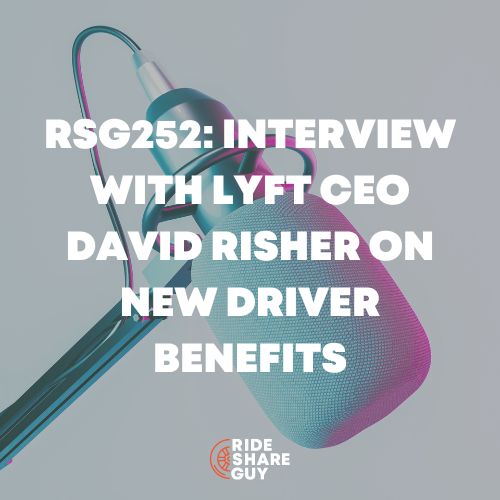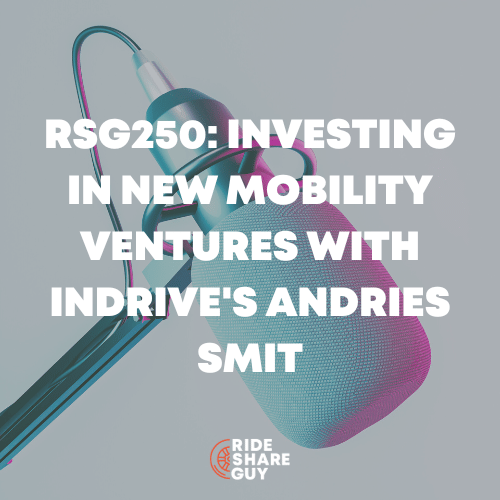There’s been a lot of hype about self-driving cars over the years, with Uber investing lots of money in this space and dozens of startups popping up and raising hundreds of millions of dollars. Today’s guest is an expert journalist in the space with a background to match, and he’s going to break down the exact strategy that companies like Waymo, Voyage, and Nuro are using. Plus, we’ll talk about the actual business model behind these services, too.
If you’d like to read a transcript of this podcast, please click here.

Intro
- Today I’m chatting with Tim Lee, a reporter at Ars Technica covering self-driving technology, and I think he’s really doing some of the best coverage of this space right now.
- Over the past few years, much of the discussion around self-driving cars has been focused on two big players, Uber and Google’s Waymo.
- If you haven’t noticed, they don’t have any real self-driving cars out on the road for public use yet. So, what’s the deal?
- In today’s episode, we’re going to talk about some of the major players in the self-driving space, including Waymo, Voyage, and yes, even Tesla, and we’ll talk about the different approaches that these companies are taking
Interview with Tim Lee
- Tim Lee is a reporter at Ars Technica, where he covers technology, policy, and the future of transportation.
- Previously, he was a reporter at the Washington Post and Vox.
- He has a master’s degree in computer science and has been writing about self-driving cars since 2008.
- He wishes more people understand more clearly the difference between a self-driving car on the one hand and a driver-assistance system on the other
Technology Policy
- A lot of misconceptions when it comes to self-driving cars, it’s important to stay up on the latest trends
- Focus on technology policy, things like net neutrality, patent and copyright reform, government surveillance, privacy
- Google has been a big driver of tech policy
- Google is one of the biggest lobbying organizations in the country and they’ve funded a lot of think tanks that do tech policy specific work
Background on Self-Driving Cars
- Google really deserves credit for jump-starting interest in self-driving cars
- Larry Page, more than 10 years ago now, saw the opportunity from the academic research in this area and Google was really the first company to put serious resources behind it
- Google spun-off as Waymo, which was going to be the commercialization vehicle for Google self-driving technology
- Voyage is a new company operating in retirement communities, which is not only a maximum speed of 25 miles an hour, but it’s a very controlled environment where generally only residents of this retirement community are operating there
Potential Successful Self-Driving Companies
- There’s an industry group SAE that has these five levels where level two is a driver-assistance system, level four is a fully driverless system where the driver doesn’t have to touch the steering wheel
- Tesla and LIDAR – LIDAR’s very expensive so Tesla did not include that in the supposedly self-driving capable cars they’re selling – has to be addressed
Could Self-Driving Cars Be Used for Anything Else?
- Nuro – doing fully driverless cars on public streets
- They built a custom designed vehicle that’s half the size of a small passenger vehicle with just compartments for groceries
When Will We See Successful Self-Driving Cars?
- Would not be surprised if in five years there is a few cities in the Southwest that have real driverless taxi services
- Might take another five to 10 years for that to expand to every major metro area and rural areas
Outro
- Big thanks to Tim for coming on the podcast and talking to us about self-driving cars!
- Tim is doing some of the best coverage right now in self-driving technology
- Big challenges ahead
- One thing we didn’t even get into on the podcast is there are going to be a ton of additional challenges and sensors built into the vehicles to monitor how many people are getting in and out
Show Notes
- Google’s Waymo risks repeating Silicon Valley’s most famous blunder
- Tim Lee
- Connect with Tim on Twitter @BinaryBits
If you’d like to read a transcript of this podcast, please click here.




